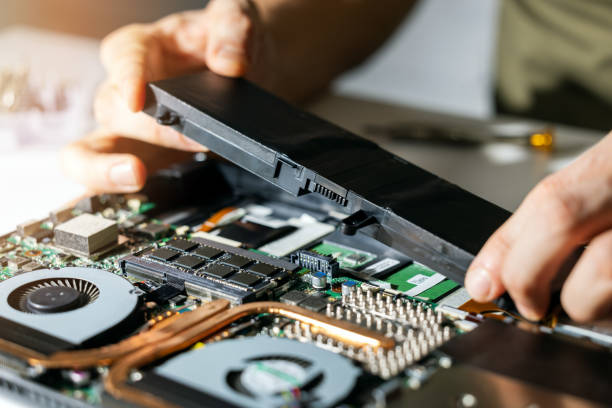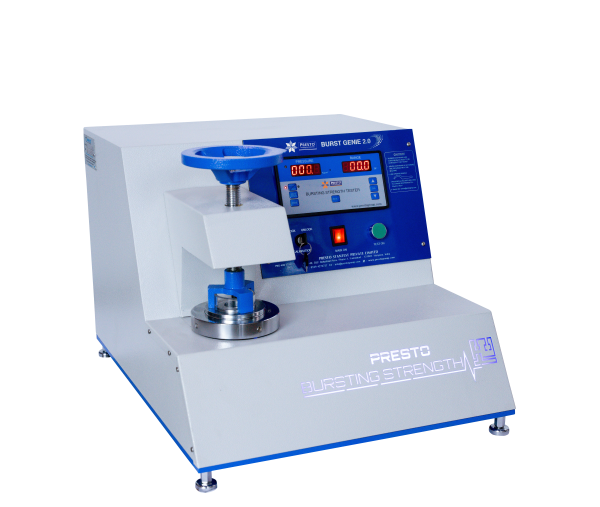When it comes to dredge booster pumps, there are key aspects you should be aware of to optimize your dredging operations. Booster pumps play a critical role in enhancing the efficiency and effectiveness of hydraulic dredging systems by increasing the fluid velocity and pressure within the pipeline. Understanding the capacity and capabilities of booster pumps is crucial for achieving desired dredging outcomes, particularly in scenarios where longer distances or higher elevations need to be overcome.
Introduction To Dredge Booster Pumps
Dredge booster pump is specialized hydraulic machines designed to increase the efficiency and effectiveness of dredging operations. They work in conjunction with primary dredge pumps to boost the flow and pressure of dredged material, allowing for greater dredging reach and productivity. By augmenting the hydraulic power of dredgers, booster pumps play a vital role in achieving project objectives more efficiently and cost-effectively.

Defining Dredge Booster Pumps And Their Role
Dredge booster pump serve as integral components of hydraulic dredging systems, providing additional hydraulic power to overcome friction losses and elevate the discharge pressure of dredged material. Their primary function is to increase the distance and depth over which dredged material can be transported, thereby extending the reach of dredging operations and enabling the excavation of deeper or more remote areas.
Importance Of Booster Pumps In Increasing Dredging Efficiency And Productivity
The use of dredge booster pumps is essential for maximizing the efficiency and productivity of dredging projects, particularly in situations where conventional dredging equipment may have limitations in terms of pumping distance or elevation. By boosting the flow rate and discharge pressure of dredged material, booster pumps enable dredgers to operate over longer distances and at greater depths, resulting in increased productivity and reduced project timelines.
How Dredge Booster Pumps Work?
Dredge booster pumps operate on the principle of hydraulic amplification, wherein the energy from a primary dredge pump is utilized to power a secondary pump that further increases the pressure and velocity of the dredged slurry. This amplified energy is then transferred to the discharge pipeline, allowing for the transportation of dredged material over extended distances and elevations.
Explaining The Function And Operation Of Booster Pumps In A Dredging System
Booster pumps are typically installed at strategic intervals along the discharge pipeline, where they receive the dredged slurry from the primary dredge pump and further increase its pressure before passing it along to the next section of the pipeline. The operation of booster pumps is controlled by hydraulic or electric systems, which regulate the flow rate and pressure of the pumped material to optimize performance and efficiency.
Understanding The Principles Of Boosting Dredge Slurry
The primary function of dredge booster pumps is to overcome friction losses and elevate the discharge pressure of dredged material, allowing it to be transported over longer distances and elevations. This is achieved by increasing the velocity and pressure of the slurry through the use of specialized impellers, volutes, and casings designed to maximize hydraulic efficiency and minimize energy losses.
Benefits Of Using Dredge Booster Pumps
The use of dredge booster pumps offers several key benefits for dredging operations, including increased dredging reach, enhanced productivity, and improved project economics. By extending the distance and depth over which dredged material can be transported, booster pumps enable dredgers to access previously inaccessible areas and complete projects more efficiently.
Extending The Distance And Depth Of Dredging Operations
One of the primary benefits of using dredge booster pumps is the ability to extend the reach of dredging operations by overcoming hydraulic limitations associated with pumping distance and elevation. By boosting the flow rate and pressure of dredged material, booster pumps enable dredgers to operate over longer distances and at greater depths, thereby expanding the scope and scale of dredging projects.
Boosting The Efficiency Of Dredging Projects And Reducing Project Timelines
In addition to increasing dredging reach, the use of booster pumps also enhances productivity by enabling dredgers to complete projects more quickly and cost-effectively. By reducing the number of pumping stages required to transport dredged material to disposal or containment areas, booster pumps streamline the dredging process and minimize downtime, resulting in improved project economics and reduced environmental impact.
Types Of Dredge Booster Pumps
Dredge booster pumps are available in various configurations and designs, each optimized for specific applications and operating conditions. Common types of booster pumps include centrifugal pumps, piston pumps, and eductor pumps, each offering unique advantages in terms of performance, efficiency, and reliability.
Overview Of Different Booster Pumps
Centrifugal pumps are the most widely used type of dredge booster pump due to their high flow rates and efficiency in handling abrasive slurries. Piston pumps are well-suited for applications requiring high pressure and low flow rates, such as deep-sea dredging or mining. Eductor pumps utilize a Venturi effect to create suction and boost the flow of dredged material, making them ideal for shallow-water dredging or reclamation projects.
Choosing The Right Pump Based On Project Requirements And Site Conditions
Selecting the appropriate type of dredge booster pump depends on several factors, including project requirements, site conditions, material properties, and budgetary constraints. By consulting with experienced dredging professionals and evaluating the specific needs of the project, stakeholders can identify the most suitable pump type and configuration to achieve optimal performance and efficiency.
Key Features And Specifications
When selecting dredge booster pumps, it’s essential to consider key features and specifications that will impact performance, reliability, and operational efficiency. Important factors to consider include flow rate, head capacity, power source, material compatibility, and maintenance requirements.
Important Features To Consider When Selecting Dredge Booster Pumps
Flow rate refers to the volume of material that can be pumped per unit of time and is typically measured in gallons per minute (GPM) or cubic meters per hour (m3/h). Head capacity represents the maximum discharge pressure that the pump can generate and is crucial for determining the pumping distance and elevation capabilities of the system.
Understanding Pump Specifications And Their Impact On Performance And Efficiency
In addition to flow rate and head capacity, other pump specifications, such as impeller diameter, casing design, and material construction, can significantly impact performance and efficiency. Larger impeller diameters and optimized casing geometries can improve hydraulic efficiency and minimize energy losses, resulting in higher overall pump efficiency and lower operating costs.
Applications Of Dredge Booster Pumps
Dredge booster pumps find application in a wide range of dredging scenarios, including deepening channels, land reclamation, beach nourishment, and environmental remediation. Their ability to extend the reach and capacity of dredging equipment makes them indispensable tools for achieving project objectives in various marine and aquatic environments.
Utilizing Booster Pumps In Various Dredging Scenarios
In channel deepening projects, booster pumps are used to increase the capacity and efficiency of dredging equipment, allowing for the excavation of deeper channels to accommodate larger vessels or improve navigational access. In land reclamation and beach nourishment projects, booster pumps are employed to transport dredged material over long distances and elevate it to the desired placement areas, thereby expanding coastal habitats and mitigating erosion.
Case Studies Showcasing Successful Applications Of Booster Pumps
Several case studies illustrate the successful use of dredge booster pumps in diverse dredging projects worldwide. From large-scale capital dredging operations to environmentally sensitive remediation projects, booster pumps have played a pivotal role in achieving project objectives while minimizing environmental impact and maximizing operational efficiency.
Integration And Maintenance Considerations
Integrating dredge booster pumps into existing dredging systems requires careful planning and coordination to ensure compatibility and optimal performance. Proper installation, alignment, and configuration of booster pumps with primary dredge pumps and discharge pipelines are essential for achieving seamless operation and maximizing efficiency.
Integration With Existing Equipment And Pipeline Networks
During installation, booster pumps must be integrated with existing dredging equipment and pipeline networks to facilitate efficient material transport and discharge. Proper alignment and connection of suction and discharge lines are critical for minimizing energy losses and optimizing hydraulic efficiency.
Best Practices For Routine Maintenance To Ensure Optimal Performance
Routine maintenance is essential for ensuring the optimal performance and longevity of dredge booster pumps. Regular inspection, lubrication, and replacement of worn parts are necessary to prevent premature failure and minimize downtime.
Conclusion
Dredge booster pumps play a critical role in enhancing the efficiency, reach, and productivity of dredging operations by increasing the flow rate and discharge pressure of dredged material. Their ability to extend the distance and depth over which material can be transported enables dredgers to access remote or challenging areas, thereby expanding the scope and scale of dredging projects. By understanding the function, benefits, types, key features, applications, and maintenance considerations associated with dredge booster pumps, stakeholders can make informed decisions regarding their deployment and integration into dredging systems, ultimately optimizing project outcomes and reducing environmental impact.



